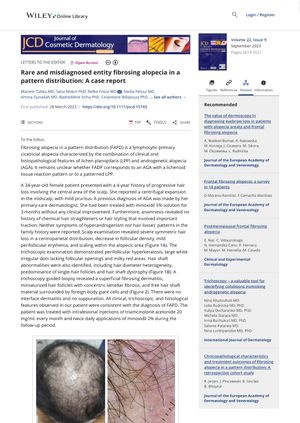TLDR A woman's progressive hair loss was correctly diagnosed as a rare condition called fibrosing alopecia in a pattern distribution after initially being mistaken for a more common type.
The document is a case report of a 34-year-old female patient with a 4-year history of progressive hair loss, initially misdiagnosed as androgenetic alopecia (AGA). After further examination and a trichoscopy-guided biopsy, the patient was diagnosed with fibrosing alopecia in a pattern distribution (FAPD), a rare form of lymphocytic primary cicatricial alopecia. FAPD is characterized by clinical and histopathological features of both lichen planopilaris (LPP) and AGA. The patient was treated with intralesional injections of triamcinolone acetonide 20 mg/mL every month and twice daily applications of minoxidil 2% during the follow-up period. The report emphasizes that FAPD can be easily misdiagnosed as AGA and highlights the importance of dermoscopy for early diagnosis and selecting the optimum site for biopsy. The pathophysiology of FAPD is not well known, but it is thought to be a T-cell-mediated autoimmune reaction associated with apoptosis of follicular epithelial cells. Treatment options for FAPD are limited and further studies are needed to evaluate their potential effectiveness.
 30 citations
,
January 2020 in “Journal of The American Academy of Dermatology”
30 citations
,
January 2020 in “Journal of The American Academy of Dermatology” Fibrosing alopecia in a pattern distribution is a hair loss condition often confused with other types, requiring early treatment but usually not resulting in significant hair regrowth.
35 citations
,
November 2019 in “Journal of the American Academy of Dermatology” A new variant of lichen planopilaris causing diffuse hair thinning was identified.
 23 citations
,
December 2015 in “Anais Brasileiros de Dermatologia”
23 citations
,
December 2015 in “Anais Brasileiros de Dermatologia” Permanent hair loss after bone marrow transplant can be caused by chemotherapy or chronic graft-versus-host disease.
 91 citations
,
August 2015 in “Anais Brasileiros De Dermatologia”
91 citations
,
August 2015 in “Anais Brasileiros De Dermatologia” Female Pattern Hair Loss affects women's self-esteem and needs more research for better treatment.
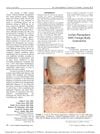 5 citations
,
April 2014 in “The American Journal of Dermatopathology”
5 citations
,
April 2014 in “The American Journal of Dermatopathology” Foreign-body granuloma may be a marker for late-stage Lichen Planopilaris and should be considered in diagnosis.
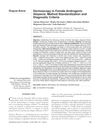 129 citations
,
January 2009 in “International Journal of Trichology”
129 citations
,
January 2009 in “International Journal of Trichology” Trichoscopy can diagnose female hair loss with high accuracy by looking for specific patterns in hair and scalp appearance.
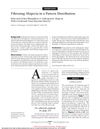 158 citations
,
February 2000 in “Archives of dermatology”
158 citations
,
February 2000 in “Archives of dermatology” Some people with pattern hair loss may also have scalp inflammation and scarring similar to lichen planopilaris.
 August 2022 in “IntechOpen eBooks”
August 2022 in “IntechOpen eBooks” The best treatment for Frontal Fibrosing Alopecia and Lichen Planopilaris combines oral and topical medications to reduce symptoms and stop hair loss.
 September 2020 in “Journal of Cutaneous Pathology”
September 2020 in “Journal of Cutaneous Pathology” A patient with a skin condition had unusual scarring hair loss but improved with treatment.
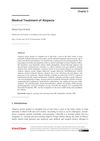 October 2018 in “InTech eBooks”
October 2018 in “InTech eBooks” The most effective treatments for hair loss are minoxidil, finasteride, PRP, and hair transplants, with steroids and immunosuppressants for autoimmune types.
A 21-year-old with lichen planopilaris was successfully treated, stopping disease progression and preventing crusts.
